Japan and China are each set to receive 15 invitations in total to the 2019 BWF World Championships but Japan’s women’s doubles squad is the only team that will score the maximum four invitations in the initial phase.
By Don Hearn. Photos: Badmintonphoto
Tuesday marked the publication of the final world ranking lists that will form the basis of invitations for the 2019 BWF World Badminton Championships in Basel, Switzerland. This week is also being heralded as the beginning of the qualification year for the 2020 Olympics but the 2019 Worlds will be a far stronger field than Tokyo, with several badminton powers expected to be permitted, as usual, to send twice as many players this summer as they will be next August.
This year, China looks consistent overall, with 3 players qualified in each of the 5 disciplines. To do that, they needed to have 3 players ranked in the world’s top 24 as of April 30th. Japanese shuttlers have also earned 15 invitations in total but the make-up is slightly different, as only two Japanese mixed pairs found themselves in the top 24, while Japan netted invitations for four pairs all ranked in the world’s top 8 in women’s doubles, including new world #1 and defending World Champions Mayu Matsumoto / Wagana Nagahara.
The only other team to get 3 invitations in more than one discipline will be Indonesia and Malaysia. Indonesia, like Japan, will have 3 qualifiers in all but one event, women’s singles. Malaysia, meanwhile, will have the chance to decide on 3 invitations in both men’s and mixed doubles, with both trios including pairs who are currently outside of the Badminton Association of Malaysia system.
Who gets passed over?
Unlike in the Olympics or the World Tour Finals – when the national cap at two entries means that even players ranked in the top 8 can get rejected – This year’s World Championships can be attended by all 40 top 8 shuttlers who happen to be healthy and willing. On the other hand, because the maximum of 4 invitations per member association (MA) can only be issued in the initial phase if all 4 are ranked in the top 8, there will still be many talented and successful athletes who will be forced to watch the action in Basel from the sidelines.
In fact, 3 players or pairs per discipline from one MA can be invited if they are all ranked in the top 24 but China had many more than 3 in each discipline’s top 24. China has just one top 24 shuttler in men’s singles and women’s doubles who will not be invited to Basel but 2 each in men’s and mixed doubles and 4 players from the world’s top 24 in women’s singles who will have to sit out the Worlds this summer. Like China in women’s singles, Japan has 7 pairs in the top 24 in women’s doubles but only 3 of them will fail to get an invitation since 4 of the 7 made the top 8.
Overall, the highest-ranked players who will not be invited in the initial stage will be 2018 Singapore Open women’s doubles winners Ayako Sakuramoto / Yukiko Takahata (pictured left) of Japan and He Jiting / Tan Qiang, men’s doubles runners-up at the Fuzhou China Open late last year. Both pairs are currently ranked #12 in the world. He Jiting did qualify with Du Yue (pictured, above right). They are 3rd among 5 Chinese pairs in the mixed doubles top 24.
Nearly all still-active past World Champions should receive invitations to the 2019 affair, even those recovering from surgery, such as 3-time winner Carolina Marin. The only exceptions are two-time mixed winner Tontowi Ahmad, who has only entered 6 tournaments with his new partner, and 2014 men’s doubles champions Ko Sung Hyun / Shin Baek Cheol (pictured bottom). Korea has 4 men’s pairs ranked between #33 and #40 and Ko/Shin are 3rd among them. Korea is known for giving few opportunities to its independent players but in recent years, has also neglected to field even qualified national team pairs. Last year’s Worlds and this year’s Asian Championships featured record lows in participation by Korean doubles teams.
To see the final standings in the Road to Basel, click here, and check out the column headed ‘QUAL’
![Japan first to score 2019 World Championship quartet Japan and China are each set to receive 15 invitations in total to the 2019 BWF World Championships but Japan’s women’s doubles squad is the only team that will score […]](http://www.badzine.net/wp-content/uploads/ngg_featured/Japan-WD-4-WC2019_rotator.jpg)
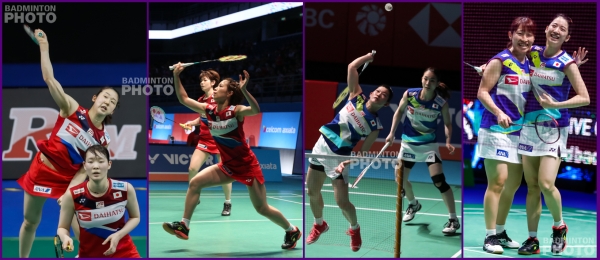
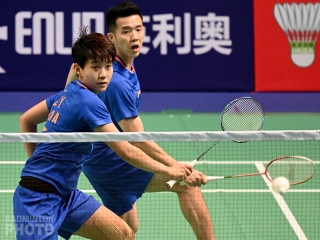
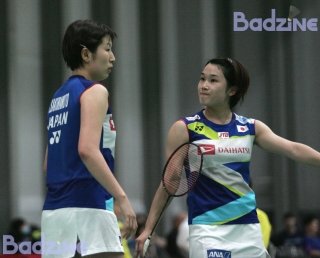

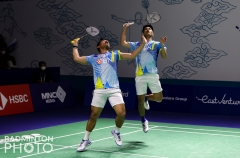
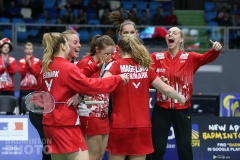
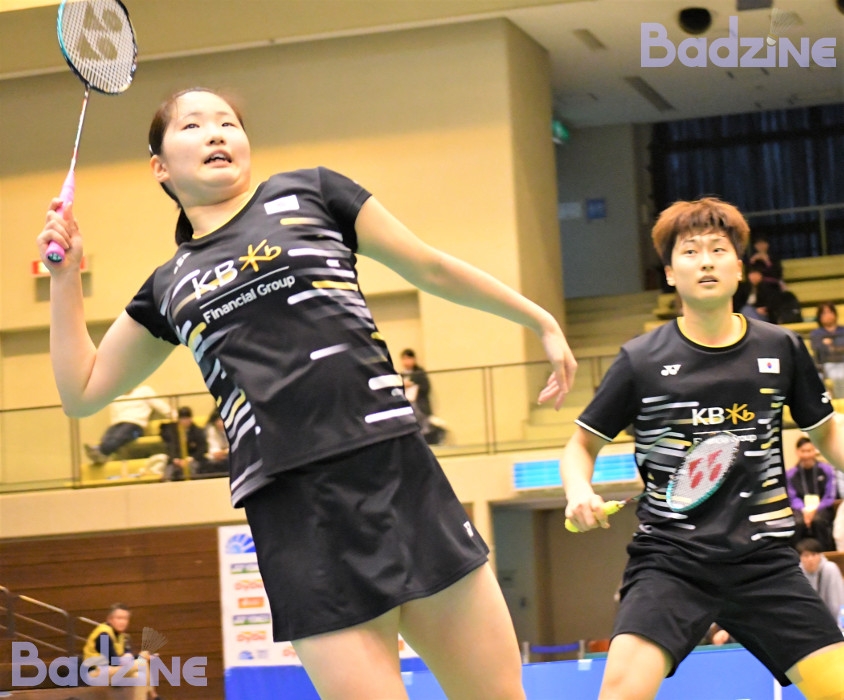
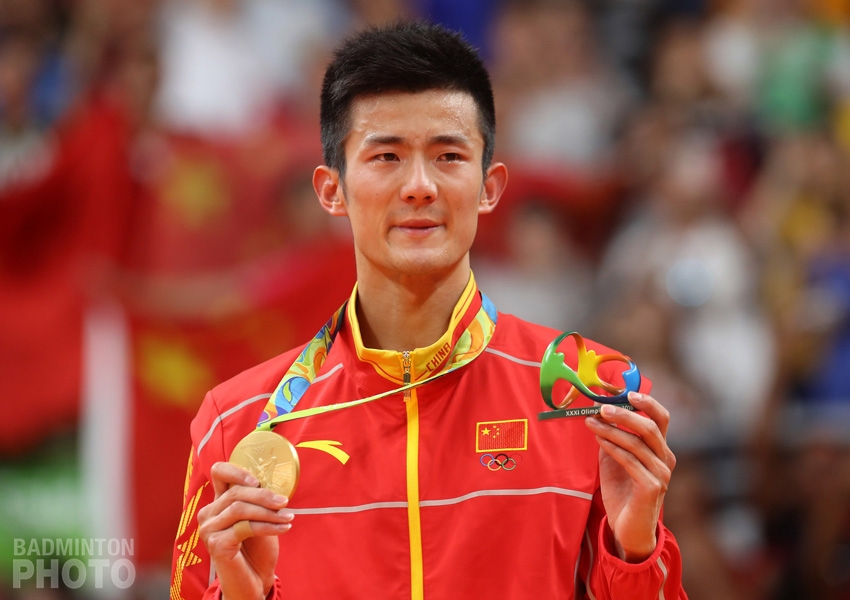
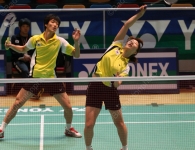

Leave a Reply